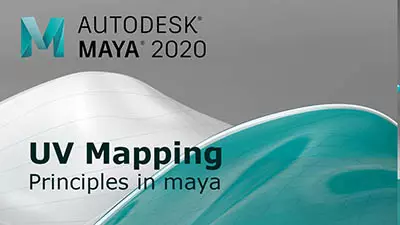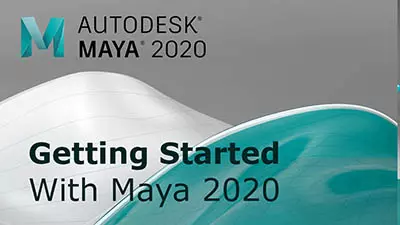Introduction to Maya - Modeling Fundamentals Vol 1
This course will look at the fundamentals of modeling in Maya with an emphasis on creating good topology. We'll look at what makes a good model in Maya and why objects are modeled in the way they are.
#
16
14-01-2003
, 12:06 AM
Drawing classes may be an excellent step but you have to ask what you want to *do* with your work. If you were pursuing lighting, a photography class might be a good place to start, as much of the 3D technology attempts to simulate, to one extent or another, photography.
Otherwise, learn whatever you can and don't make the mistake of thinking that knowing what buttons to push is enough!!
-- Mark
#
17
14-01-2003
, 12:18 AM
I think drawing classes will help if you're really interested in modeling and/or animation. Drawing helps you visualize objects on paper before you even touch the computer. It also helps you to understand anatomy, shape, form, poses, etc.
#
18
14-01-2003
, 06:50 AM
Take a glance at my <a href="https://forums.simplymaya.com/showthread.php?s=&threadid=9428"><b>Porsche 959</b></a> WIP
#
19
14-01-2003
, 07:19 AM
After all, the question isn't whether it's physically accurate, but instead whether it LOOKS right, which is a very different question.
-- Mark
#
20
14-01-2003
, 07:22 AM
#
21
14-01-2003
, 08:07 AM
I gave my love a chicken, it had not bones...Mmmmm, chicken.
#
22
14-01-2003
, 08:54 AM
* It's useful when doing procedural 3D effects animation, which tends to be either based on stateless mathematical models (like Houdini tends to encourage) or dynamics simulations (like Maya's particles and solid bodies.)
* It provides a mathematical foundation that's useful when thinking about how to use deformers in, for example, setting up characters.
* It can help you analyze the motion of inanimate objects a little better when figuring out how to animate them. For example: confetti spewed from a confetti popper (an early effects experiment of mine) doesn't travel in an unhindered parabolic arc like it would in a vacuum. Instead, it slows rapidly with frictional resistance being proportional to v^4 and soon achieves a terminal velocity. Being able to make good guesses about how inanimate things move can get you a lot closer a lot quicker to effects animation that people feel comfortable with. Of course, it only is a starting point...
-- Mark
#
23
17-01-2003
, 03:18 AM
I gave my love a chicken, it had not bones...Mmmmm, chicken.
#
24
17-01-2003
, 03:26 AM
Anyway...I would recommend it. Amazon.com lets you go through several pages...I found mine at my local Barnes and Noble.
https://www.darrylworley.com/
https://www.defendamerica.mil/nmam.html
Posting Rules Forum Rules
Similar Threads
I am programmer,also my writing good, but my drawing extremely bad. Do I learn maya?
by nobodyisthere in forum Animation replies 1 on 12-12-2015
Maya 2015 Error loading scene
by Awad96 in forum Maya Technical Issues replies 5 on 05-09-2015
Can't batch render more than two frames!
by lvuorenvirta in forum Lighting & Rendering replies 2 on 15-05-2015
Maya Not Loading on Virtual Machine
by drgraphics in forum Maya Technical Issues replies 2 on 31-01-2010
Photoshop and TGA files from Maya
by BMS in forum Maya Basics & Newbie Lounge replies 2 on 19-07-2005
Topics
Free Courses
Full Courses
VFX News
How computer animation was used 30 years ago to make a Roger Rabbit short
On 2022-07-18 14:30:13
Sneak peek at Houdini 19.5
On 2022-07-18 14:17:59
VFX Breakdown The Man Who Fell To Earth
On 2022-07-15 13:14:36
Resident Evil - Teaser Trailer
On 2022-05-13 13:52:25
New cloud modeling nodes for Bifrost
On 2022-05-02 20:24:13
MPC Showreel 2022
On 2022-04-13 16:02:13











